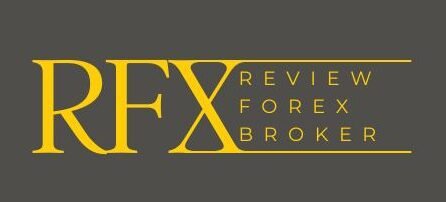Forex trading is a unique financial market that allows traders to capitalize on currency fluctuations worldwide. One of the most significant features of forex trading is the use of leverage, which can amplify both potential gains and losses. Understanding the role of leverage is crucial for any trader looking to navigate the forex market effectively. In this blog, we will explore the pros and cons of leverage in forex trading to help you make informed decisions.
1. What is Leverage in Forex Trading?
Leverage in forex trading refers to the ability to control a large position with a relatively small amount of capital. It is expressed as a ratio, such as 100:1 or 500:1, indicating how much larger your trading position is compared to your invested capital. For example, with 100:1 leverage, a trader can control 100,000inthemarketwithjust100,000 in the market with just 100,000inthemarketwithjust1,000 of their own funds.
2. Pros of Using Leverage
1. Enhanced Profit Potential
One of the primary advantages of leverage is the potential for amplified profits. By using leverage, traders can take larger positions than they could with their own capital alone. This means that even small movements in currency prices can result in significant gains.
2. Access to Larger Markets
Leverage allows traders with limited capital to access larger markets. This democratizes trading, enabling more individuals to participate in the forex market without needing substantial investment.
3. Increased Flexibility
With leverage, traders can diversify their portfolios by trading multiple currency pairs simultaneously. This flexibility can help manage risk and enhance overall trading strategies.
4. Short-Term Trading Opportunities
Leverage is particularly beneficial for short-term traders, such as scalpers and day traders, who seek to capitalize on quick price movements. The ability to control large positions allows for potential rapid profits within a short time frame.
3. Cons of Using Leverage
1. Amplified Losses
While leverage can increase profits, it can equally amplify losses. A small adverse movement in the market can lead to significant losses, potentially exceeding your initial investment. This risk makes it essential for traders to use leverage cautiously.
2. Margin Calls
Traders who use leverage must maintain a minimum margin in their accounts. If the market moves against their position, they may receive a margin call, requiring them to deposit additional funds or close positions to maintain the required margin level. This can lead to forced liquidation during unfavorable market conditions.
3. Increased Emotional Pressure
The potential for high profits and losses can create emotional stress for traders. The volatility associated with leveraged positions can lead to impulsive decision-making, which may negatively impact trading performance.
4. Regulatory Restrictions
Different countries have varying regulations regarding leverage in forex trading. Some jurisdictions impose strict limits on leverage to protect retail traders from excessive risk. Traders must be aware of these regulations and choose brokers that comply with local laws.
4. How to Use Leverage Responsibly
1. Understand Your Risk Tolerance
Before using leverage, assess your risk tolerance and trading strategy. Consider how much of your capital you are willing to risk on each trade and choose leverage levels that align with your comfort zone.
2. Use Stop-Loss Orders
Implementing stop-loss orders can help manage risk by automatically closing a position at a predetermined level. This strategy can protect your capital and prevent emotional decision-making during volatile market conditions.
3. Start Small
If you are new to forex trading, consider starting with lower leverage ratios. As you gain experience and confidence, you can gradually increase your leverage while monitoring your performance and risk exposure.
4. Continuously Educate Yourself
Stay informed about market trends, trading strategies, and risk management techniques. Continuous education is vital for making informed decisions and improving your trading skills.
5. Conclusion
Leverage is a powerful tool in forex trading that can enhance profit potential but also carries significant risks. Understanding the pros and cons of leverage is essential for developing a successful trading strategy. By using leverage responsibly, implementing risk management techniques, and continuously educating yourself, you can navigate the forex market more effectively.
Ultimately, the key to leveraging in forex trading lies in balancing the potential for increased profits with the inherent risks. With careful planning and a disciplined approach, traders can harness the benefits of leverage while minimizing the dangers associated with its use.

